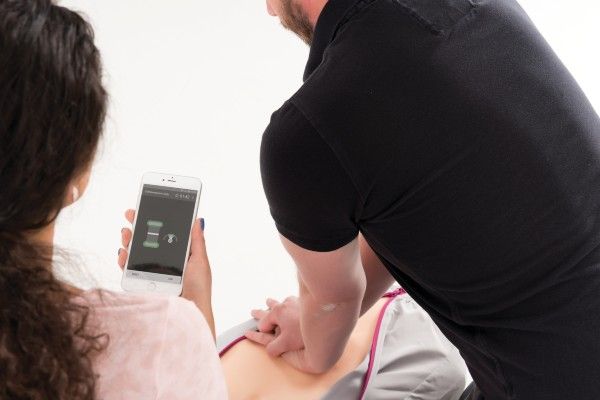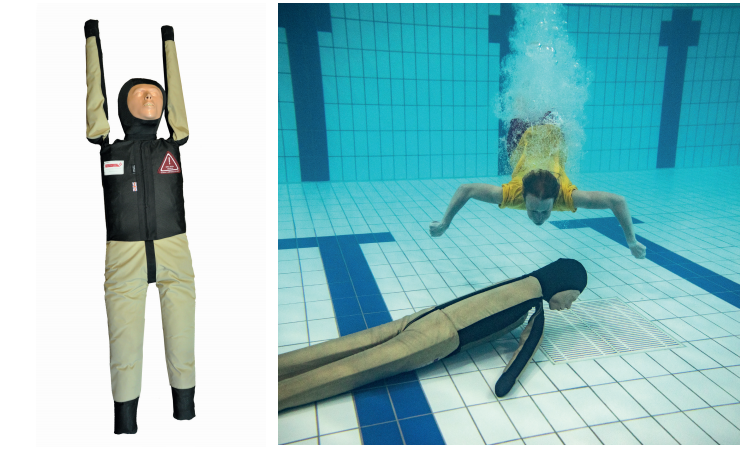Mannequins programmed with COVID-19 symptoms help doctors practice skills ahead of surge
High-tech mannequins are being used to help local doctors prepare for a possible surge of patients with COVID-19 symptoms.
Click the picture above to above to view the original abc6.com article.
Mannequins are being used to help local doctors prepare for a possible surge of patients with COVID-19 symptoms.
The mannequins, called 3-D mannequins or high-fidelity mannequins, are used by the Salve Regina University nursing program to give students a hands-on approach when learning how to care for patients.
Now, the mannequins are part of a training course through Newport Hospital to have their doctors perfect their intubation and resuscitation skills as coronavirus spreads.
“They can basically do everything but jump off the bed. They talk, they bleed, they urinate, they can have seizures, you can code them,” said Dr. Debra Cherubini, assistant professor and chairwoman of Salve’s nursing program.
Cherubini said a group of 5-7 doctors from Newport Hospital will work with the mannequins Wednesday night, and the training will continue throughout the month with nurses and other medical staff.
“We need to make sure, as healthcare providers, that we are prepared to care for our community and care for our vulnerable populations.”
The partnership, Cherubini said, is a way for Salve to use their resources to help the community.
The training is part of Lifespan’s plan to prepare for a surge of COVID-19 patients at their hospitals.
Cherubini will be one of the people controlling and programming the mannequins with COVID-19 symptoms.
“Not everyone’s easy to intubate, so we’re gonna make the mannequin difficult, and they’re going to use not just regular intubation but laparoscopic intubation,” said Cherubini.
While doctors already know how to intubate a patient, they don’t have experience doing so while dressed in personal protective equipment. During the training, that’s what they’ll be wearing.
“You have to be able to intubate the first time and get it right cause these are patients who are having severe difficulty breathing or they’re not breathing, and it’s important to get them on the ventilator as fast as possible.”





